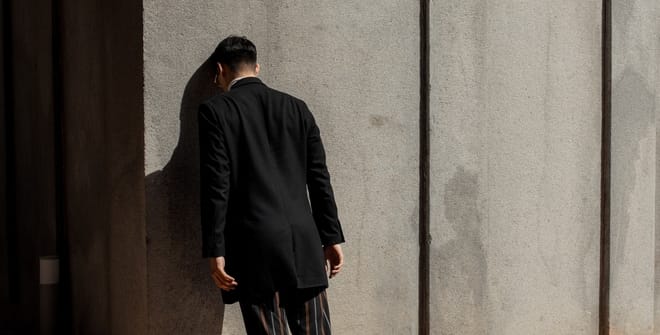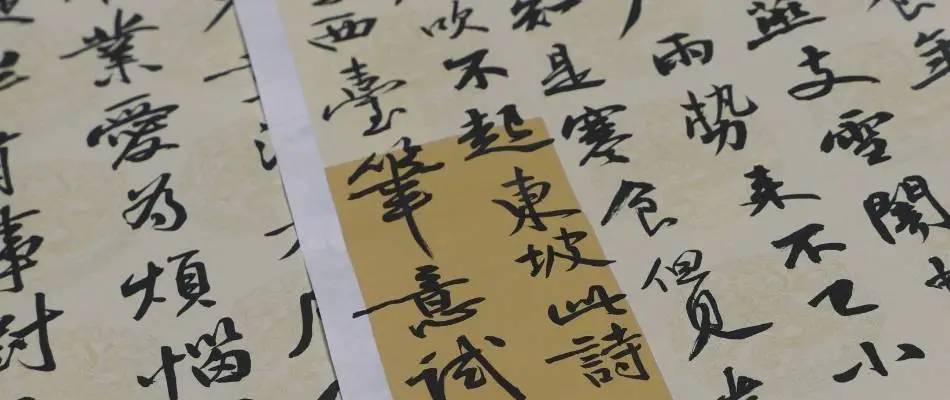Tai chi abounds with cryptic, mystical statements that circle around back to themselves. They are intended to be instructive to us and help us along our way to improving our tai chi practice. Most of them allude to tai chi concepts that, once grasped, promise to improve our understanding, form, and life in general. Let’s take a look at a few from the famed sage Lao Tzu:
“If you would take, you must first give, this is the beginning of intelligence. “
“Those who know do not speak. Those that speak do not know.”
“If you do not change direction, you may end up where you are heading.”
“Anticipate the difficult by managing the easy.”
But here he sums it up best: “The words of truth are always paradoxical.”

All clear now? I didn’t think so either.
Tai chi concepts use philosophy, physics, theory, and metaphor to describe ideas that enable a person to progress faster in tai chi. Many instructions are difficult to understand because they involve foreign ideas and are relating external movements with internal feelings and thought patterns. Tai chi concepts are ideas that are intended to make teaching more clear.
While tai chi is notorious for looping language it also gets credit for creating actual, physical activities that let you experience the concept to gain a personal understanding. Let’s be fair to the sages and trust that they experienced something monumental but struggled in finding the words to share their ideas. Luckily they also gave us the tai chi form so we can get out of our head and roll up our sleeves. Two clear tai chi concepts that helps us understand what we are doing in the form is the idea of Hsu – Shih or Substantial – Insubstantial.
Hsu – Shih or Insubstantial – Substantial
The tai chi concepts of Hsu and Shih offer us a way to grasp some of tai chi’s more complex ideas simply by practicing the form.
Let’s take a look:
Shih; (pronounced similar to “she”) substantial, solid, positive, measured, and careful.
Hsu; (pronounced somewhere between “Sue”and “Shoe”) negative, lively, spirited, flexible, and easy moving.
Let’s start with the lower body because that is easy. If you have your weight on your right leg it is solid, not really moveable, and intent on supporting you (Shih). Your empty leg can step, kick, or be kicked (Hsu). Normally the moving leg gets all the attention while the planted leg does the dirty work. But BINGO! It shouldn’t be this way. In tai chi you should be concentrating on keeping a strong stance AND what to do with your empty leg. This is Hsu/Shih; taking both into account at the same time. Direct your mind to make the stable leg more stable and the light leg lighter. Don’t favor.
Hang with me while we visit the upper body. Whichever body part you are thinking about is positive (Shih) because it has your intention. Do not perform a stance without focusing on one of your hands. If you are performing a move, put your mind on the part. For example, when you are punching, put your eyes and your mind on your fist.
Why should I be concerned with the tai chi concepts Hsu and Shih?
There is great benefit in being able to simultaneously conceptualize both extremes of a concept. For example, it makes you balanced or gives you a way to improve your balance. It can be frustrating if someone tells us to be balanced because we think we already are. Same goes for being told to “just relax.”
Point 1: Shih and Hsu are constantly changing. When you take a step the empty leg becomes stable and full and vice versa. Without Hsu/Shih you are in a stance, you come out of balance, you go into another stance. Hsu/Shih allows the progression to be continual.
Point 2: Shih and Hsu are always taking place simultaneously. This is an important idea because you don’t practice one and then the other as both should always be occurring. You add your intention to the movements, clean them up, and differentiate them.
Point 3: What is the overall purpose of this? We begin by putting “thought” into one part of the body. This then leads to being able to put thought into all parts of the body to produce martial force or healing.
Point 4: Where else is this leading? Feeling Hsu/Shih begins in our bodies but is the basis for “feeling” when an opponent has shifted their weight (intention) and is planning a defense or attack.
As a practical measure stop and think, which leg is stable? Can it be more stable? Which leg is empty? Is it truly light? Which hand am I focusing on? Is the other relaxed?
How does this apply to real life?
Think of the tai chi form as an experimental playground. You work on your form and, for arguments sake, get to a point where you can feel what balanced is. It is just that, a gut feeling. Then when you are at work and about to play your expected role in an argument, it doesn’t feel right so you move your thinking to this central place. Now you are more open to see each side of an argument, and trust me, more valued as an employee. Or, you are cooking and think that a meal is “missing something.” You bring the base ingredients into balance and then add more of the one that you want to stand out (spicy, sweet, etc.).
Shih prepares for Hsu, Hsu prepares for Shih.
Expand your knowledge of different tai chi concepts:



